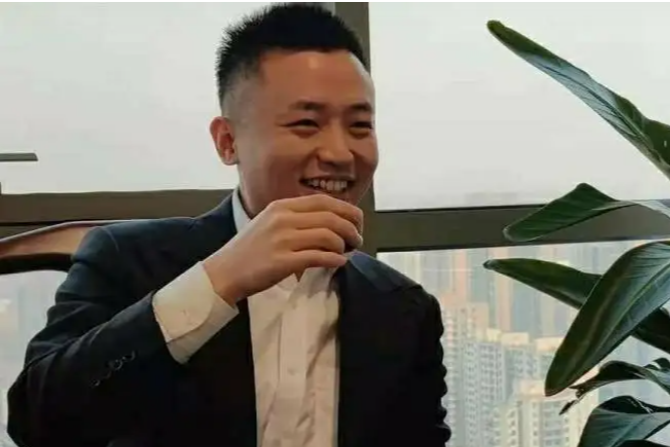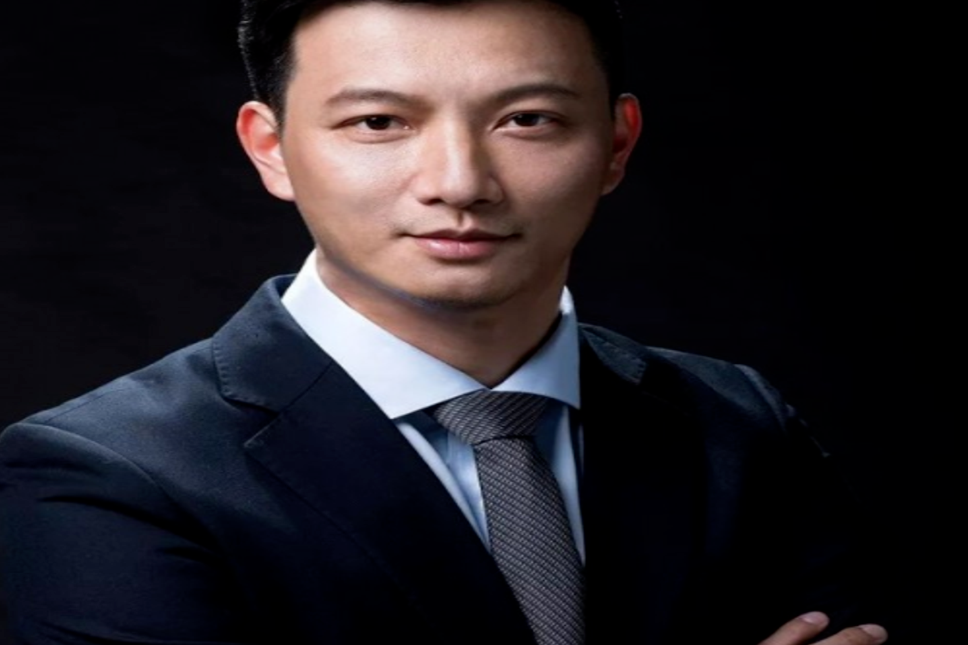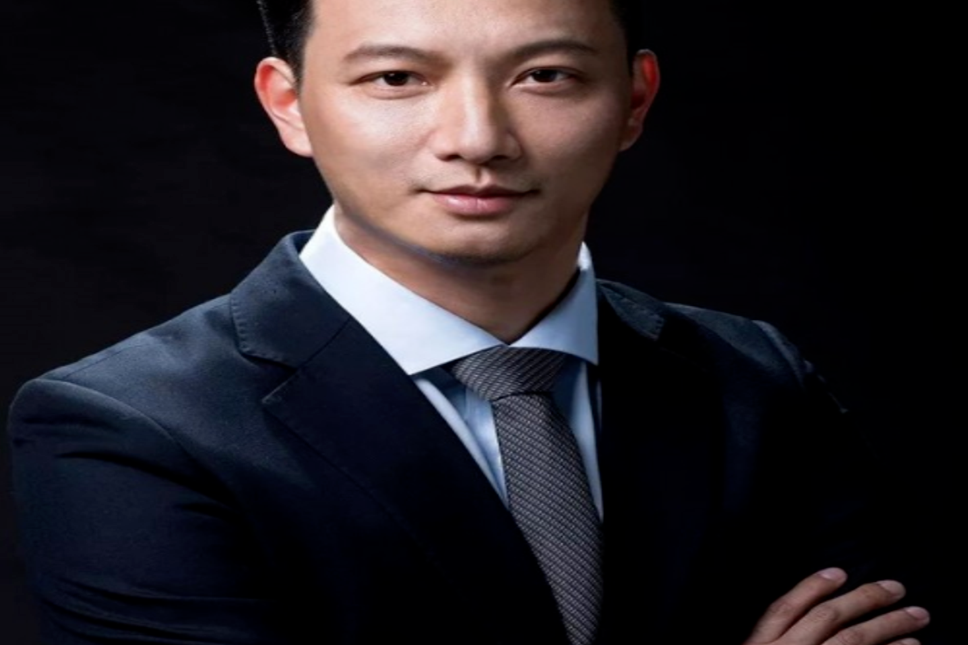In the conversation between Vitalik and the Chinese community, he not only expressed his views on the decentralization of blockchain but also shared his vision for the future of Ethereum.
- "ETH is the digital asset suitable for applications in the world (including finance, as well as others, like ENS, etc.) that can be used among them. ETH does not need to have every transaction on L1, but it needs to have enough throughput so that anyone who wants to use L1 can at least do so occasionally. So these two directions are also compatible: helping Ethereum to become a better world computer also enhances ETH's characteristics as a better digital currency."
This viewpoint validates my long-standing understanding of Ethereum. For Ethereum to become a platform supporting the future on-chain world, it must adopt a layered architecture, where L1 only handles a portion of transactions, while more transactions are processed on the underlying scaling layers.
I once made an analogy between Ethereum and various layer two expansions surrounding it:
Ethereum is like the Supreme Court in this ecosystem, while the layer two expansions around it are like regional branches.
The Supreme Court cannot and should not handle every case; it should only deal with significant issues related to the national system, political system, and so on.
Its key characteristics are fairness, justice, and transparency.
Everyday neighborhood disputes and fights can be handled by local small courts. Even if those small courts occasionally handle civil disputes unfairly, it will not affect the overall system and values of a country. Even in such situations, the parties involved can appeal and submit their cases to a higher-level adjudicating body.
These local small courts need to be efficient, inexpensive, and convenient.
The core characteristics of these two types of courts are completely different.
The Ethereum ecosystem is similar; it requires decentralization and censorship resistance to ensure as much neutrality and security as possible.
Handling everything on the Ethereum main chain is not impossible, but doing so will inevitably affect efficiency and increase costs, which is very uneconomical in the long run and cannot support an ecosystem.
In the future, as the Ethereum ecosystem develops, I envision its development path will likely expand from layer two to layer three, and from layer three to layer four…
This is essentially similar to a country's judicial system and hierarchical structure.
Recently, there has been a particularly loud voice in the community suggesting that to pursue TPS, we should sacrifice decentralization to expand Ethereum's main chain. This is clearly influenced by another type of "blockchain."
That type of "blockchain" aims to be a global Nasdaq and exchange, but such "blockchains" cannot support a future on-chain world.
The two types of blockchains have fundamentally different values and core visions.
- "Decentralization does not mean doing nothing. The Ethereum Foundation's philosophy of subtraction does not mean 'reducing the foundation to 0,' but rather a way to maintain ecological balance. If there is an imbalance in one area of the ecosystem (for example, if a part of the ecosystem is too centralized, or there is an important public good that others are not providing), we can help counterbalance. Once this issue is resolved, the foundation can withdraw from that area. If a new imbalance arises, we can move resources there, and so on."
Many people have always had this question about "decentralization":
Since it is "decentralized," what do we need teams and leaders for?
I have previously shared my views on this question in articles, but I think Vitalik's explanation is more appropriate: "decentralization" does not mean "doing nothing," nor does it mean we don't need teams and leaders.
Decentralization ensures that the blockchain operates normally without relying on any institution or individual. The role of teams and leaders is to be responsible for the development and advancement of the blockchain system itself, allowing it to absorb the latest technological achievements and better adapt to new environments and scenarios.
This statement reminds me of a great analogy in Buddhism:
"Vajra with fierce eyes, Bodhisattva with lowered brows"
"If there are no thunderous methods, how can we see the Bodhisattva's compassion?"
When we talk about Buddhism, we immediately think of great compassion and relief from suffering. This evokes a warm and kind feeling. Therefore, many people cannot associate "Vajra with fierce eyes" and "thunderous methods" with Buddhism.
Without the "Vajra with fierce eyes," how can it combat evil and heretical paths? Without using "thunderous methods," how can we awaken those who are stubbornly ignorant?
The leadership team and leaders in blockchain are similar; they play a very important role in the development of blockchain. However, they must apply effort where it is needed and refrain from exerting pressure where it is not, striving for balance and avoiding conflicts of interest.
Overall, many of the viewpoints and development directions discussed by Vitalik in this interview resonate with me, allowing me to set aside some of my previous concerns and doubts.
Reference link:
https://www.theblockbeats.info/news/56951
免责声明:本文章仅代表作者个人观点,不代表本平台的立场和观点。本文章仅供信息分享,不构成对任何人的任何投资建议。用户与作者之间的任何争议,与本平台无关。如网页中刊载的文章或图片涉及侵权,请提供相关的权利证明和身份证明发送邮件到support@aicoin.com,本平台相关工作人员将会进行核查。




